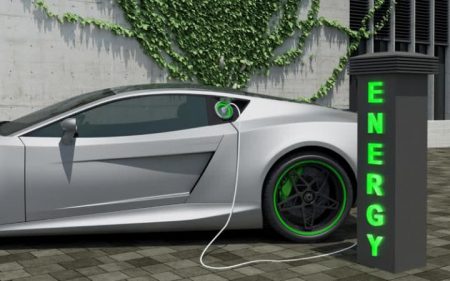EVs have faced an uphill battle since the 1800s, yet they’re only proliferating today. So, how did we get here?
Electric vehicles might just be entering the mainstream now, but the technology has been around for centuries.
Battery-powered EVs are poised to be the main transportation powertrain in the next decade or so, yet it took some failed attempts that were downplayed by regulators, automakers, oil giants, lobbyists, and governments.
When EVs were popular
In the early 1800s, a few forward-thinking European and American entrepreneurs invented an electric motor, using non-rechargeable batteries, to power a car or ‘horseless carriage.
By the turn of the 20th century, EVs had started gaining traction with buyers, thanks to their ease-of-use, no smelly pollutants, and quiet driving compared to steam- or gasoline-powered cars. These qualities made early EVs especially favoured among women.
Incredibly, between 1900 to 1912, EVs accounted for one-third of vehicles on US roads, according to the US Department of Energy.
Inventors such as Thomas Edison – who created the incandescent light bulb and motion picture camera – vowed to improve battery technology, and the founder of ultra-luxury car brand Rolls-Royce, Charles Rolls, even declared EVs the future of motoring.
Read more: WhichCar
It’s Time to Go Green!
If you would like to know more about Solar Panels and the PowerBanx range of home battery systems, and get a free instant quote, please complete our online form:


